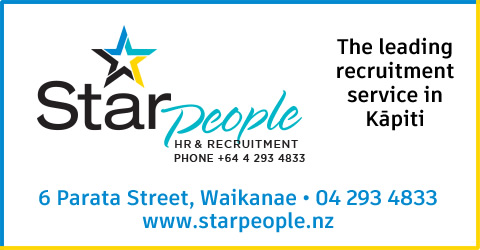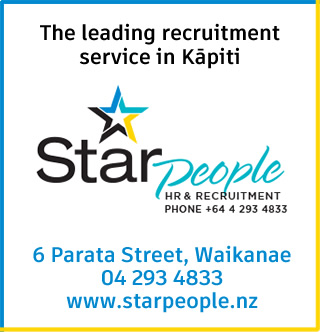Its that time of the year when our Council is preparing yet another Annual Plan which outlines the activities and budget for 2017/2018. So we, as ratepayers, should also have a look at the state of our finances, as published by our Council for 2015/2016.
By way of background, KCDC came into existence in 1989 as an amalgamation of all, or parts, of several local authorities: Horowhenua County, Ōtaki Borough, Kāpiti Borough and Hutt County Councils. The District now has approximately 50,000 residents. The presumed number of ratepayers is approximately 21,000.
The financial figures supplied by Council are: –
GWRC $ 9.820
Total Rates$64,686
Rates Net$53,774 76%
Fees Charges$ 8,298 11.85%
Grants, Subsidies$ 3,305 4.7%
Dev. and Financial Contributions$ 1,382 2%
Other Operating Revenue$ 3,252 4.6%
Total Revenue$70,011 100%
Staff Costs $25,221 36% (of revenue)
Operating Expenses$22,724 32%
Depreciation and amortization$17,248 24.6%
Interest (net)$ 7,860 11.22%
Total Expenses $73,053 104.34%
(cost per ratepayer)
Current liabilities$ 30,403 $1,448
Non current liabilities$172,419 $8,621
Total debt$202,022 $9,620
The Kāpiti Coast District Council has relied heavily on rates income and, over 28 years, has made no provision for investments to buffer development, or for future unforeseen infrastructure costs. Instead, KCDC has borrowed consistently and, although interest rates are currently at an all time low, there is little margin for debt repayment or for an unforeseen natural event such as liquefaction.
Council reports provide an equity value on council owned assets as an offset to debt. However, “The council does not pledge any property, plant and equipment as collateral for borrowings and none are subject to finance leases”. Therefore, council provides security by pledging the flow of rates, and thereby indirectly creates a lien on the property of every ratepayer. Currently this is $9,620. Basically, the Council is in effect using our houses as mortgage collateral.
The intention of the present local government structure was to create a business model that would be more cost effective and efficient. Unfortunately, it falls short of this. In a business model, directors and trustees are legally responsible, and liable, for their decisions, and companies are required to submit quarterly or half yearly financial reports and an accurate transparent annual financial report to shareholders.
In local government, councillors carry no responsibility or liability for decisions, regardless of the fact that they impose compulsory debt on every ratepayer. Nor do they provide financial reports that are either clear or transparent.
What does that mean for us? Inevitably higher rates demand.




























